The femme fatale is a character archetype you can’t simply take your eyes off of. Think Sharon Stone’s Catherine Trammell in Basic Instinct. Like her or loathe her, the femme fatale is usually the most intriguing presence on screen. She’s both desirable and diabolical, captivating and conniving. Like the male protagonists she’s often paired with, you can’t help but want to be with her, but don’t you dare double-cross her.
The history of the femme fatale is a complex one. She’s been featured in stories for centuries, often portrayed as a deceptive seductress or even a mystical priestess, and typically only through the male gaze. Only recently has there been a female re-appropriation of the femme fatale archetype in cinema; now she’s not so much overly sexualized and therefore “bad” or “evil,” but a passionate woman whose anger is fueled by the sordid history of women being routinely dismissed and not heard or respected.
Let’s define what a femme fatale character is, the term’s origins, examples of the character, and how you can best write them in your screenplays, allowing femme fatale characters to thrive in your story.
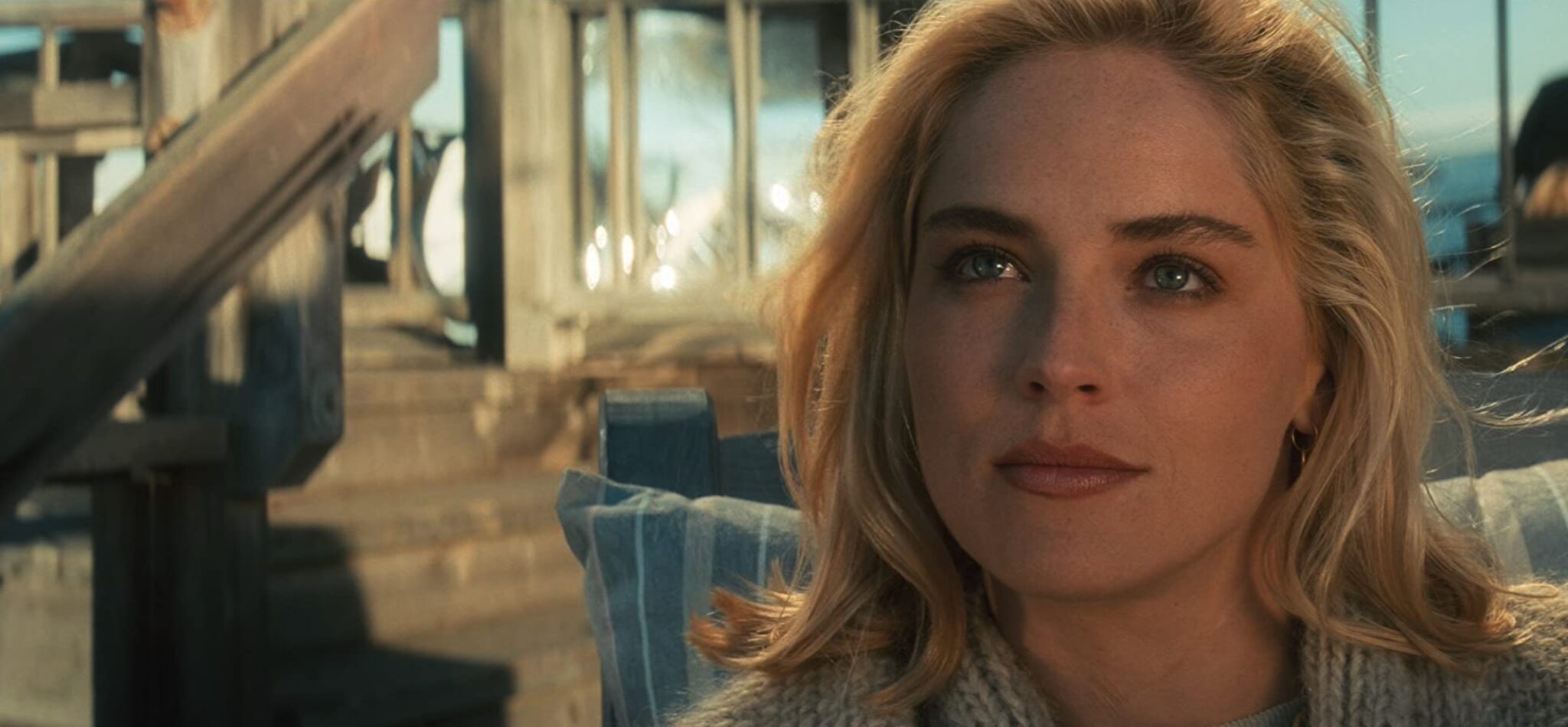
Basic Instinct (1992)
Femme Fatale Meaning
The femme fatale is French for “fatal woman,” and is otherwise known as a “seductress,” “man-eater” or “vamp.” She’s usually depicted as a seductive woman who woos the male protagonist into a dangerous trap for her own benefit. As such she’s typically used as a nemesis, trickster, or attractor in stories.
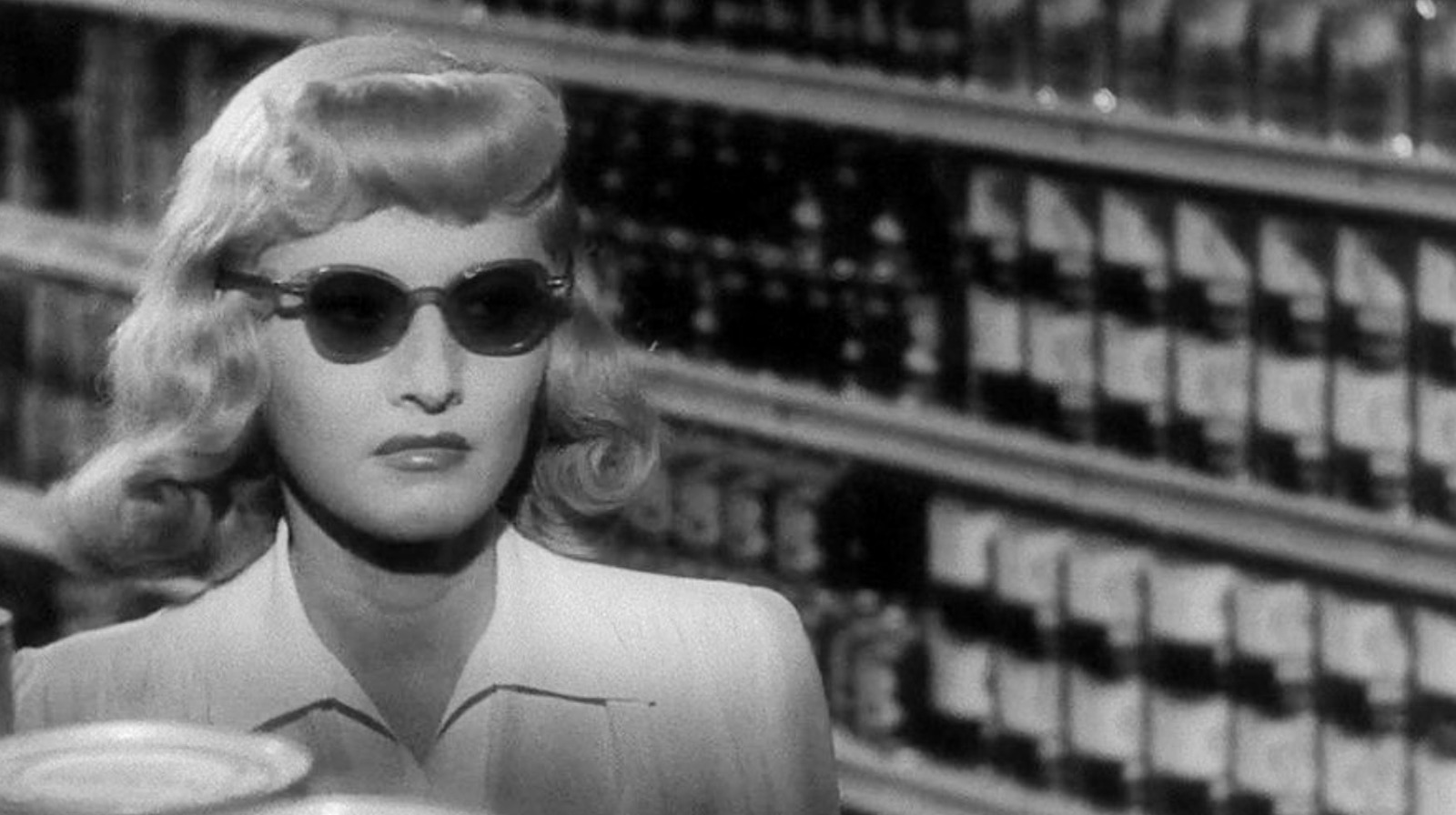
Double Indemnity (1944)
Common Femme Fatale Characteristics
The most common femme fatale characteristics include:
- She’s the epitome of an independent woman. She’s usually single either widowed or never married. She’s self-reliant and is able to do what she wants when she wants.
- Her sense of style oozes sex appeal whether she’s wearing revealing dresses or tight clothing or delicate lingerie. While her fashion isn’t flashy, her sensuality spills from her wardrobe.
- Speaking of which, she’s connected to her sexuality. She talks about sex and likes to have sex. Her sexuality is very much a part of who she is.
- She’s bold and ambitious. She doesn’t back down and isn’t afraid to go after what she wants. She always has some sort of a plan running at the back of her mind.
- She leaves a little mystery. For all her forwardness, there’s an element of suspense that she embodies. You just can’t quite figure her out. Is she telling the truth or not? She’s essentially an elegant enigma.
- She’s charming. Even if you know she’s no good, you can’t help but want to be around her due to her wit and intelligence.
- She’s manipulative and deceitful. Yet because she’s so charming, you probably won’t notice her lies and scheming – or at least will ignore it.
- She has a dark past. She might not talk about it overtly but you know there’s something that went horribly wrong that still haunts her.
- She’s dangerous. Getting involved with her will surely ruin, or at the very least, upend your life.
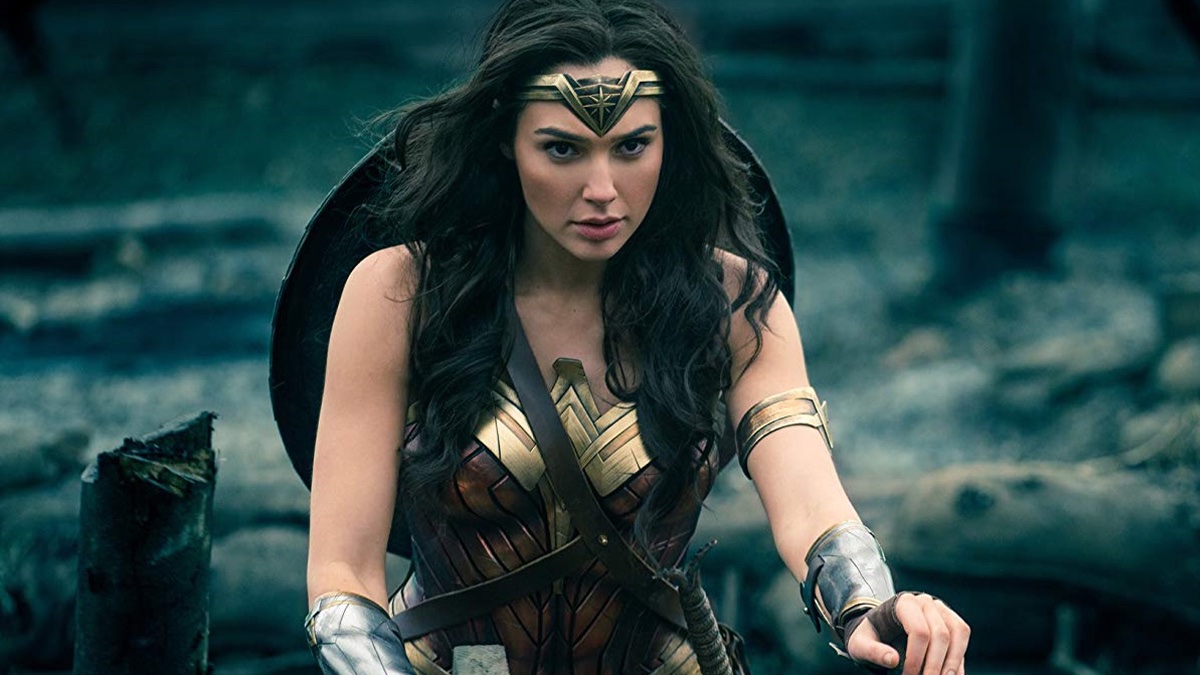
Wonder Woman (2017)
Different Types of Femme Fatales
According to a research paper published in 2019, there are four types of femme fatales.
Diana: the Huntress
In Greek mythology, Diana, or Artemis, is the goddess of the moon and hunt, sister of Apollo. She punishes men for their greed. Her strengths are her independence and intelligence. Her goal is to get paid – she wants her fortune and she isn’t afraid to trick or do away with men in order to get it. She’s feminine but strong. She will literally fight for what she wants. Think Diana in Wonder Woman or Virgina Baker in Entrapment.
Venus: the Seductress
She is the goddess of erotic love and beauty, and therefore uses her beauty and sexuality to get what she wants. She might carry herself behind a mask of innocence and playfulness but that’s only to ingratiate herself further into the lives of men she wants to ruin. Her goal is to have men fall for her…and then leave them high and dry. Think Kathryn in Cruel Intentions.
Read More: The Elements of Film Noir
Amazon: The Warrior
Enigmatic and strong, she bucks against tradition. She is considered both feminine and masculine, and as such she’s seen as risque and a non-conformist. She typically uses her sexuality to get what she wants – and she’s always looking for her next conquest. Think Fox in Wanted.
Sappho: The Self-Reliant
Sappho was considered to be “the tenth muse” by Plato. She’s known as the earliest female writer in the West, and she enjoyed a life of freedom and opportunity along with her fellow women of Lesbos. Unlike the other archetypes, this femme fatale is only dangerous because she seeks a different lifestyle than what’s considered “normal” by most. She’s ambitious and smart, and her main concern is living the life she wants and doing whatever she needs to do so. She’s as admired as she is considered a threat. Think Lydia Tar in Tar.
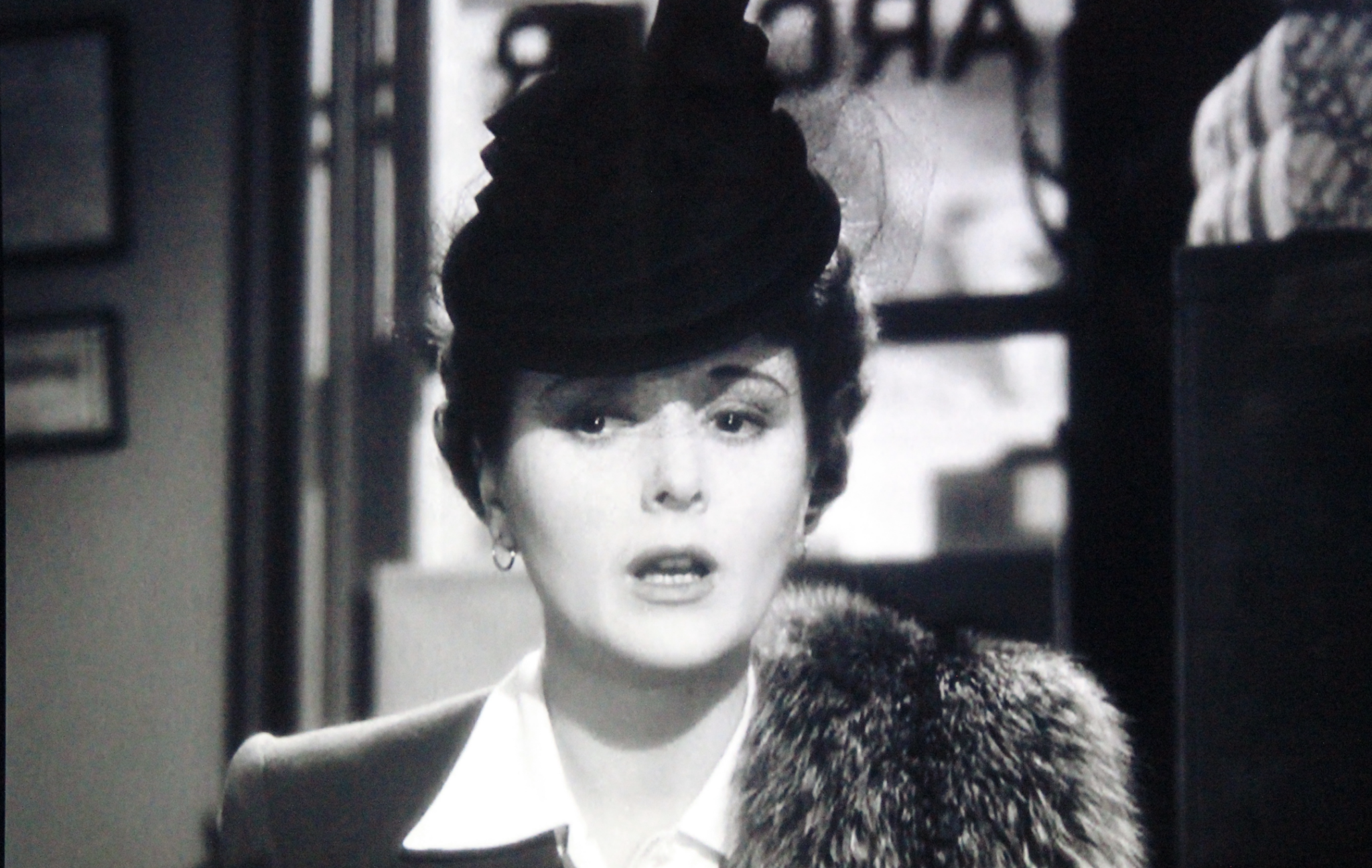
The Maltese Falcon (1941)
Origin of the Femme Fatale in Literature
The term “femme fatale” was coined in nineteenth-century French literature and she was presented as cold-hearted, deceitful, and violent, often using her powers of seduction as a means to destroy her enemies. A famous example from that time is John Keats’ La Belle Dame Sans Merci, who puts men in her “thrall” by luring them into her arms.
However, the femme fatale archetype was used in stories way before the nineteenth century, appearing as early as Homer’s Odyssey as the character Circe. Other examples of the femme fatale in literature include Salome in the play of the same name by Oscar Wilde as well as Lady Audley in Lady Audley’s Secret and Brigid O’Shaughnessy in The Maltese Falcon.
Read More: The Good Genre Guide: Noir
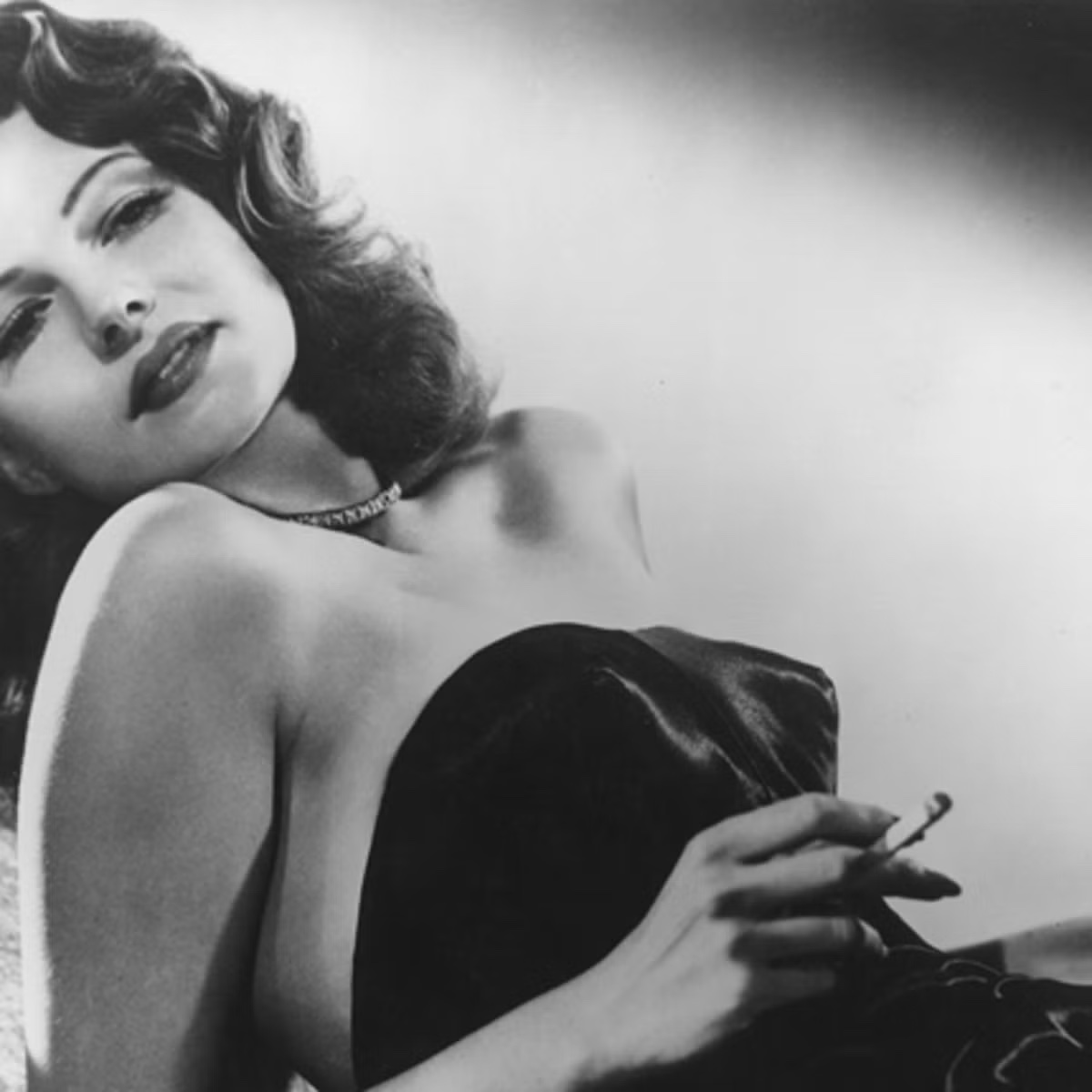
Gilda (1946)
Rise in Popularity in Cinema (Film Noir)
The femme fatale archetype that we are most familiar with was made famous in film noir from the 1930s to the 1950s. Think Barbara Stanwyck in Double Indemnity, Rita Hayworth in Gilda, and Lana Turner in The Postman Always Rings Twice. In these movies, the femme fatale characters use their sexuality as a form of power over the man in order to get what they want no matter the consequences. Naturally, femme fatales were labeled “no good” for weaponizing their beauty and sexuality. These were women who were often always unmarried and single, who took a wrong turn somewhere in life and were quickly treated as outcasts from society as a result. Back then, the only way a femme fatale could be redeemed for her wily ways was if she claimed innocence or loyalty to her male protagonist and professed her true love, or she was promptly destroyed by jail time or her own death.
Many people at this time (read: men) feared the strength these alluring women possessed, thus the intention of the femme fatale archetype in early Hollywood was to send a message to the masses: women needed to be married and stay home or else they might use their sexuality to their advantage and then what? Well, the world might just lose its head.
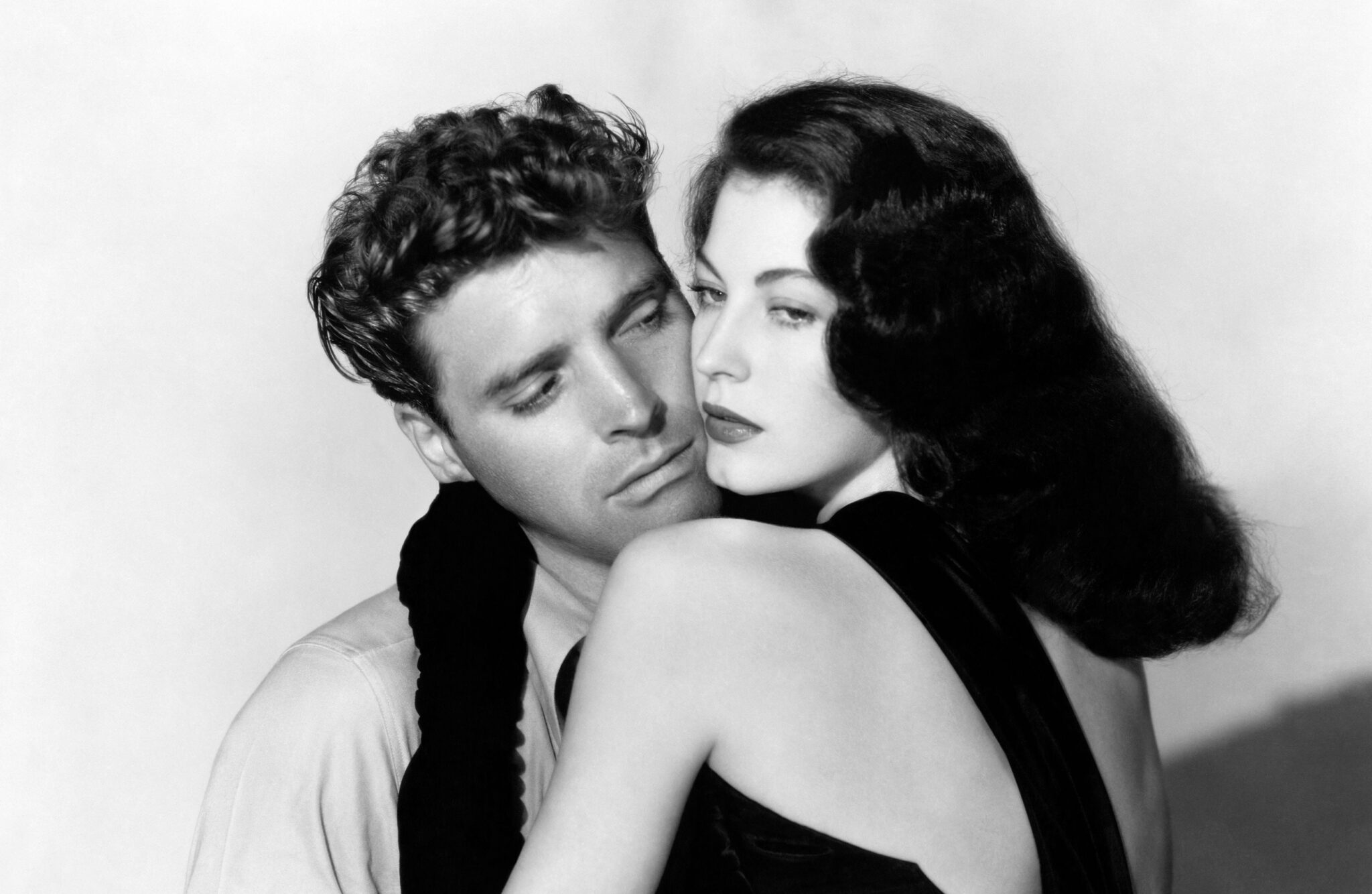
The Killers (1946)
Classic Femme Fatales Examples (1930s-50s)
- Double Indemnity (Phyllis)
- The Postman Always Rings Twice (Cora)
- Gilda (Gilda)
- Mildred Pierce (Veda)
- The Killers (Kitty)
- The Maltese Falcon (Brigid)
- Scarlet Street (Kitty)
- Detour (Vera)
- Kiss Me Deadly (Christina & Lily)
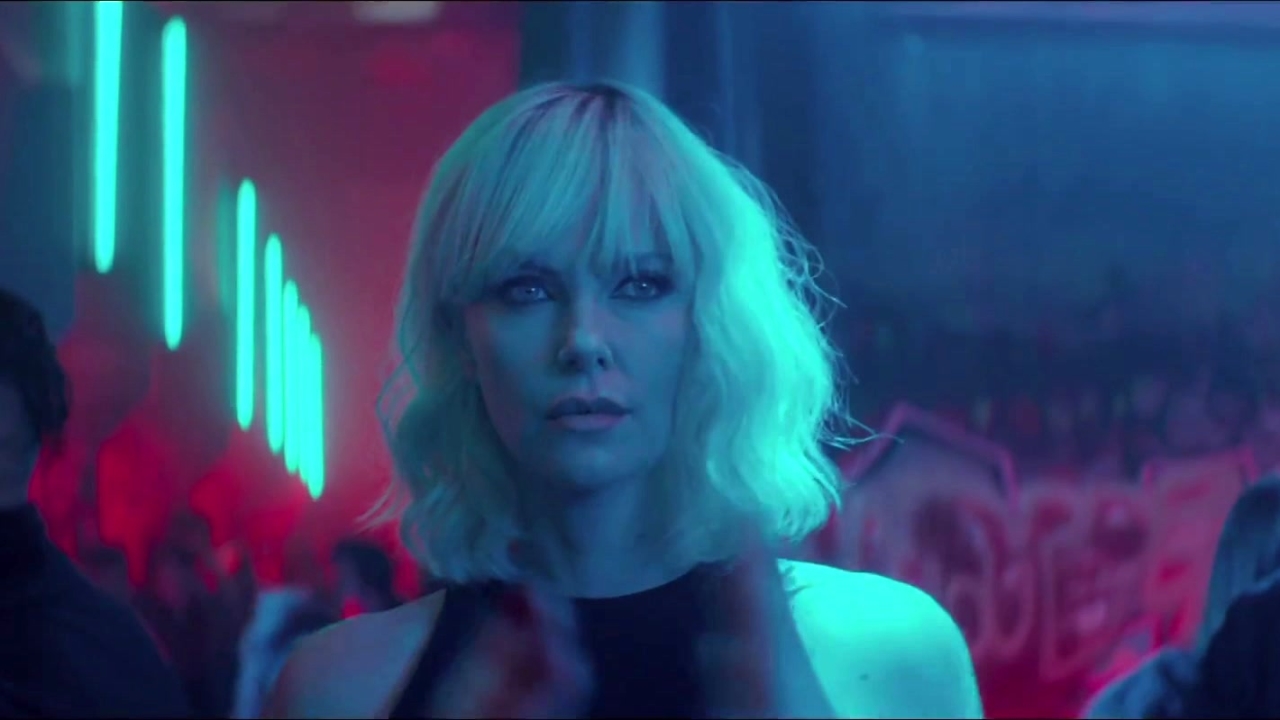
Atomic Blonde (2017)
Modern Femme Fatales Examples (2000s-present)
-
- Austin Powers (Vanessa Kensington)
- Basic Instinct (Catherine Tramell)
- Jennifer’s Body (Jennifer Check)
- Inception (Mal Cobb)
- Gone Girl (Amy Dunne)
- Atomic Blonde (Lorraine Broughton)
- Promising Young Woman (Cassie Thomas)
- L.A. Confidential (Lynn Bracken)
- Blood Simple (Abby)
- Blue Velvet (Dorothy Vallens)
- Lost Highway (Alice)
- Memento (Natalie)
- Brick (Laura Dannon)
- Black Swan (Nina Sayers and Lily)
- Ex Machina (Ava)
How to Write a Femme Fatale
Read Scripts That Feature Femme Fatales
Want to write a great femme fatale character? Read scripts that have femme fatales! The Script Lab has a great Script Collection that features a ton of great modern femme fatale scripts, so head on over there, download them (for free!), and give them a read.
Get the Dialogue Right
Writing the femme fatale is a lesson in subtext. It’s not what she says, but how she says it. She’s telling you what she wants without telling you what she wants. It can be a great way to play with how you write a character’s assertion of power in a way that’s not as overt or obvious. Her power is rooted in her being, and not her doing. She’s also not afraid to let her wit and intelligence shine through. Don’t forget: she’s a master at wordplay and banter.
Consider Making the Femme Fatale the Hero
The femme fatale is usually the nemesis or trickster but what if she’s the hero or the anti-hero of your screenplay? What if what she wants is for the good and how she goes about it (meaning using her seductive charms) is exactly right for who she is and the story? Think of Carey Mulligan’s character in Promising Young Woman. Whether you choose to have the femme fatale be a leading or supporting character, then consider giving her more depth with a clear motive and back story. Letting the audience have genuine empathy for your femme fatale is an interesting choice.
Read More: How to Write an Awesome Female Protagonist
What If It’s Sexy and Powerful to Be Sexy and Powerful?
It’s really hard to write characters that inspire, but what if you spin the tired trope on its head and celebrate the femme fatale’s sexuality? Make it that her inherent beauty, charm, and sexuality are something that’s admirable and respectable, and not reductive. Create complexities in her life but don’t let her sexuality be one of them.
Go Deeper
This is true for all characters but the femme fatale perhaps deserves a deeper dive than most. Ask yourself who is this woman? A sexual woman is a fully formed woman. She has flaws and strengths like any other character. Look beyond the sultry facade and create a character that’s truly three-dimensional. Like Lydia Tar in Tar, what is truly important to this woman and what happens if her world comes tumbling around her?
Want to dig into more character archetypes? Check out 99 Archetypes and Stock Characters Screenwriters Can Mold!
CHECK OUT OUR PREPARATION NOTES SO YOU START YOUR STORY OFF ON THE RIGHT TRACK!
The post What is a Femme Fatale Character? appeared first on ScreenCraft.
Go to Source
Author: Brianne Hogan


